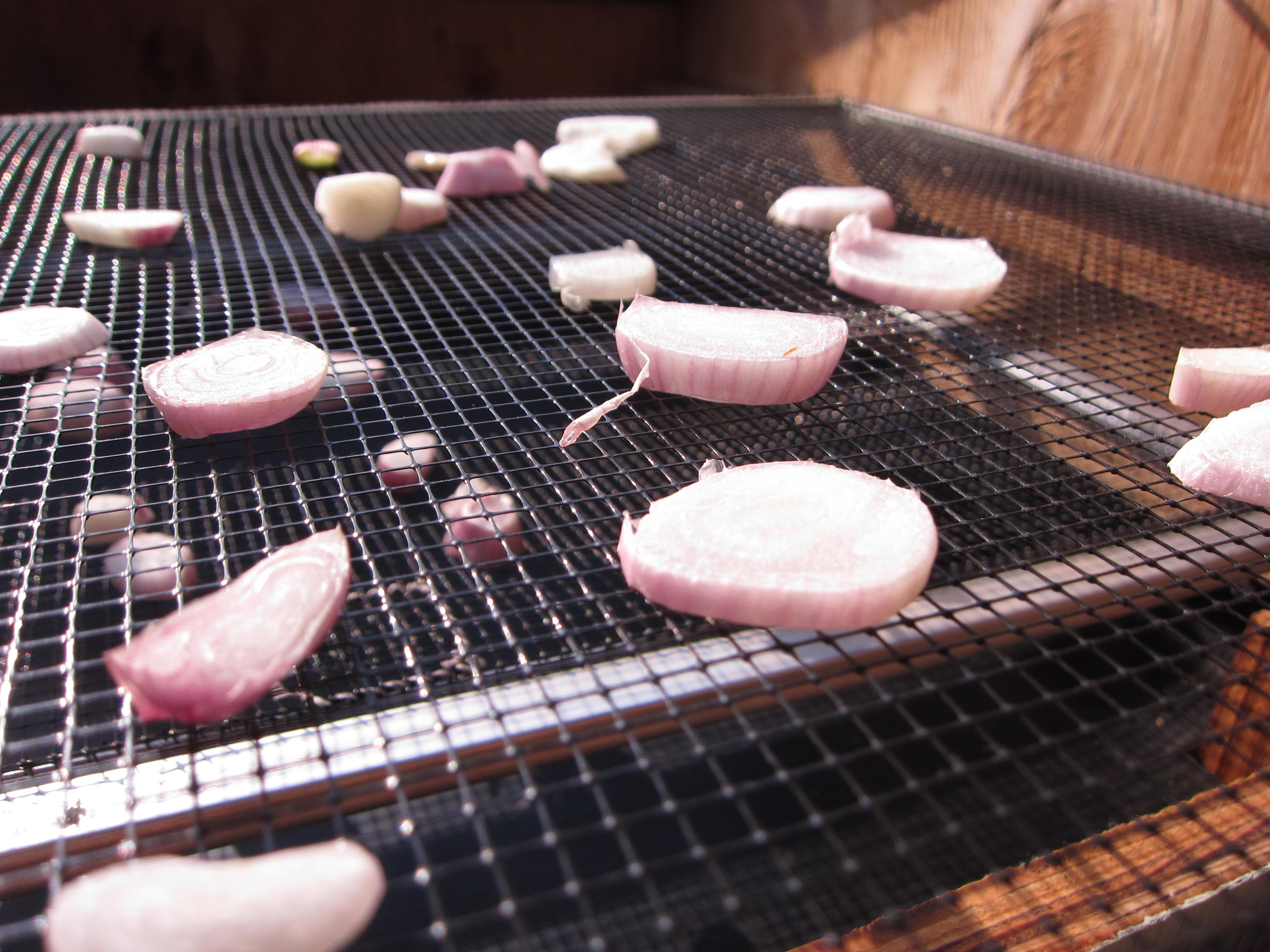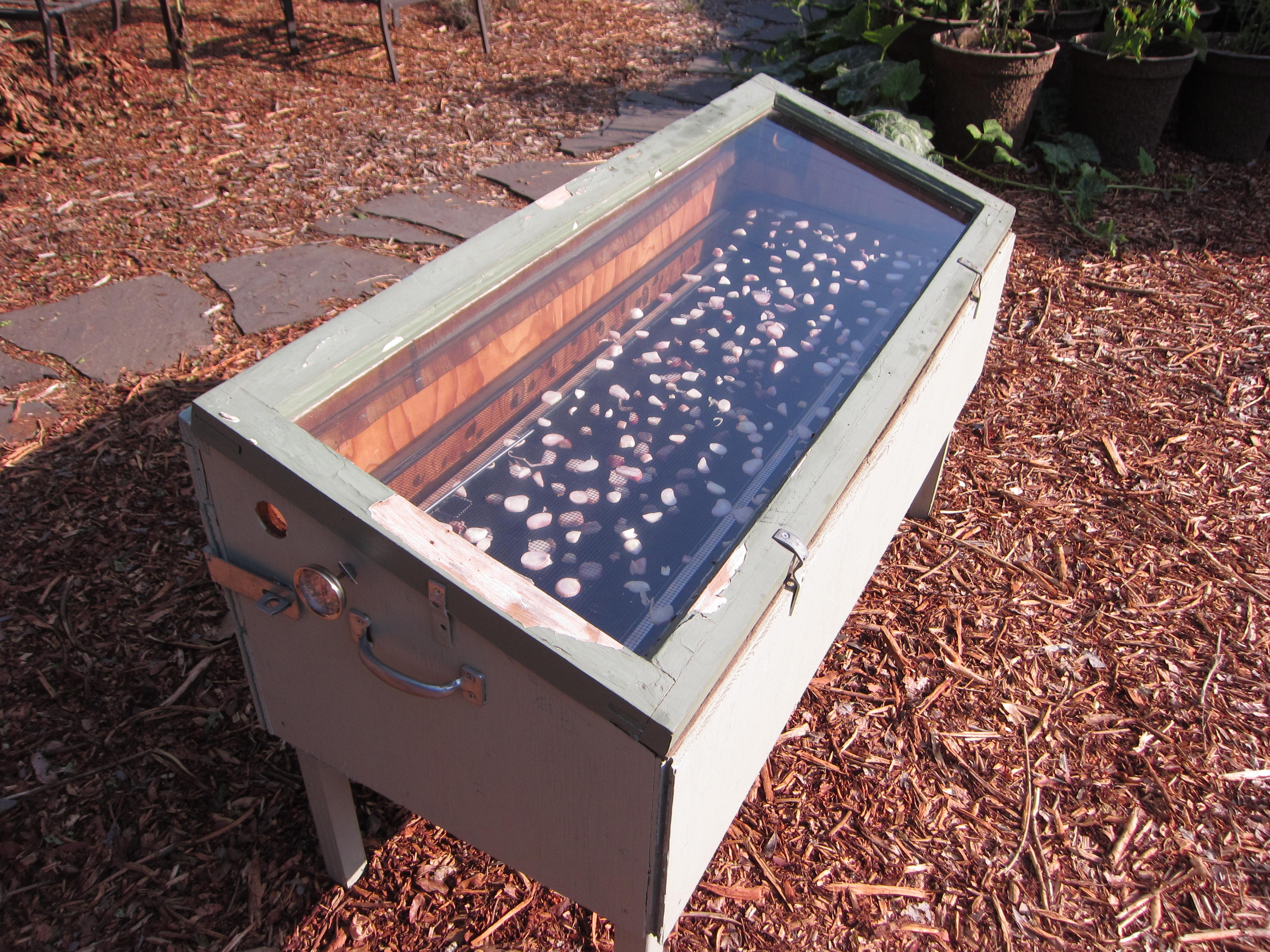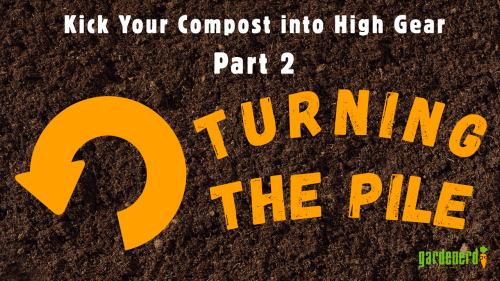Shallots are a luxury. They’re expensive and they don’t store for long. So we grow them ourselves. But when it’s time to harvest, that last part (about not storing for long) becomes an issue. Enter our solar food dryer. Preserving shallots is easy when you dehydrate them.
Dried shallots are perfect because they store all year long, they reconstitute easily in most dishes and they pass for fresh in flavor. Whether you use dried shallots in scrambled eggs, soups, or roasted veggies, you won’t have to worry about them going bad on the shelf.

Dehydrators that plug in are readily available, or you can make a solar food dryer like ours. It uses the sun instead of electricity. You’ll need a full day of sunlight, and with our hot temperatures this week, conditions are perfect.

Shallots are not evenly sized. They taper at both ends, so you will have pieces that are smaller than others. Larger slices will take longer to dry. If you have the patience, separate slices by size on different trays to make it easier to remove smaller pieces at once when they finish drying.

On a hot day like today, our solar food dryer easily climbs to 150°F. Dry shallot slices for 8-10 hours or more (depending on your dehydrator) until they are brittle and crumbly.

Once dry, shallots can be placed in a sealed jar. Leave the jar on the counter for a few days “to allow dryness to equalize,” according to Eben Fodor, author of The Solar Food Dryer, since some pieces will hold traces of moisture more than others. Then store the jar on the shelf. No electricity needed!
Try these recipes with shallots, fresh or dried:
For a good laugh, check out our Zucchini Flan Fail – Nailed it!




Pingback: Preserving: Drying Peppers to Make the Harvest Last - Gardenerd
Hi. I’m new to dehydrating. How long is the shelf life of a dehydrated shallot?
Thanks
Congrats on dehydrating! Usually dehydrated items are good for at least a year, but I believe most sources will say dehydrated food stays viable for up to 4 years.